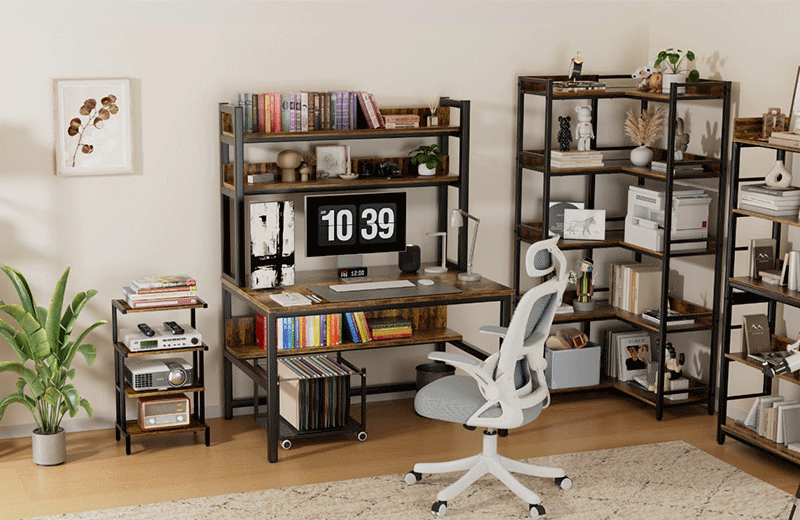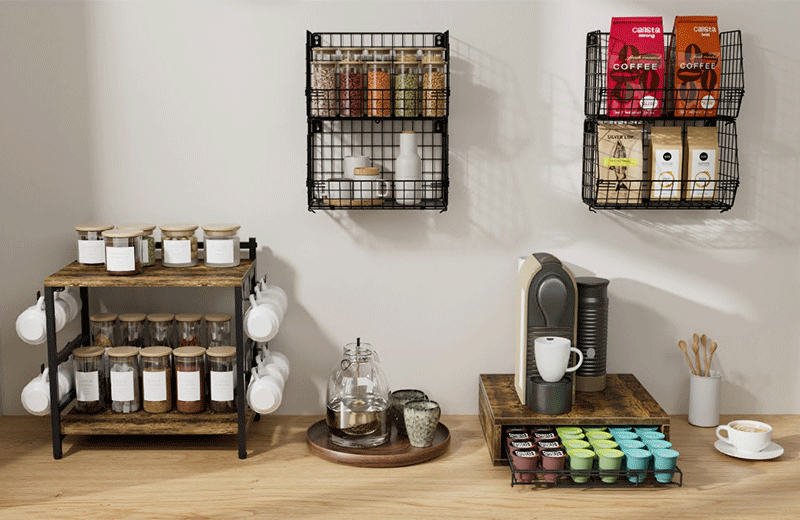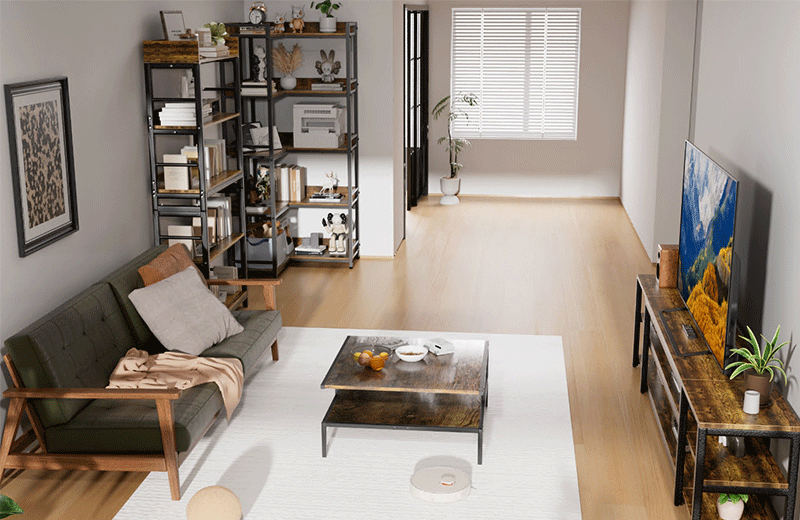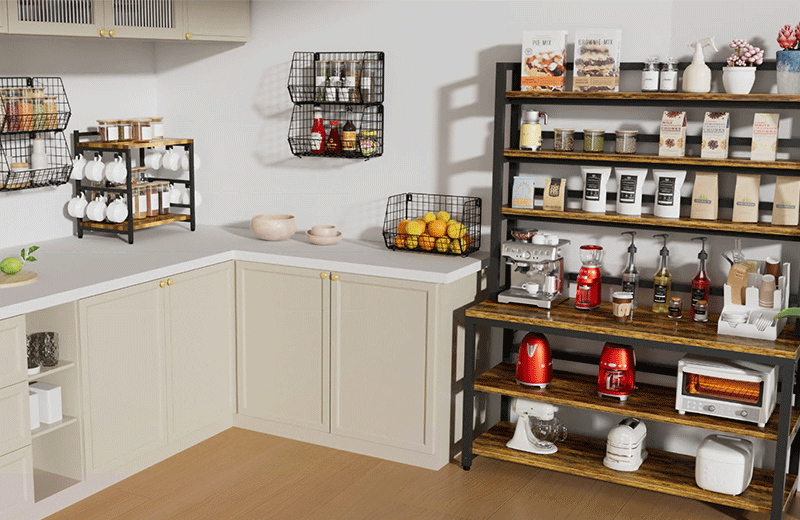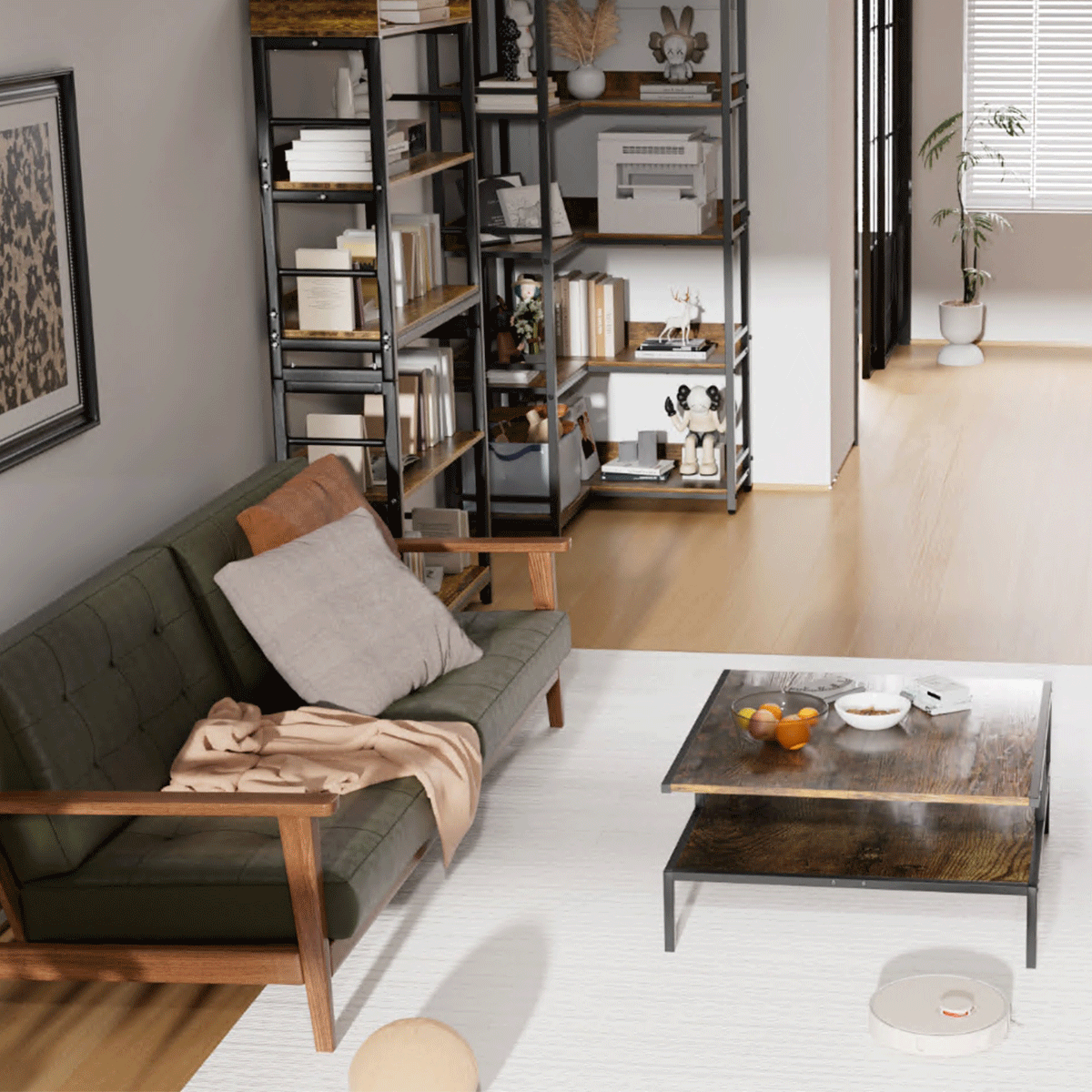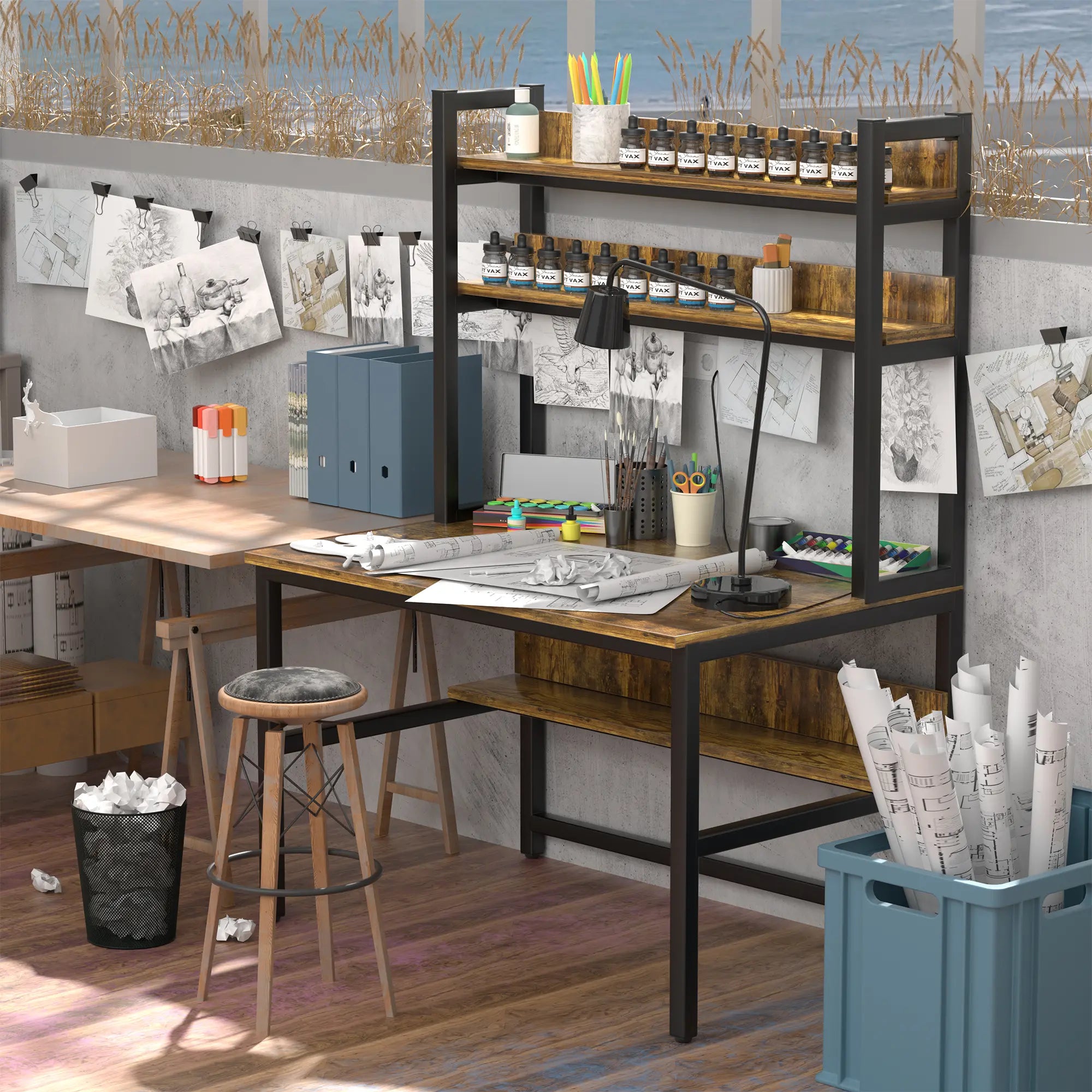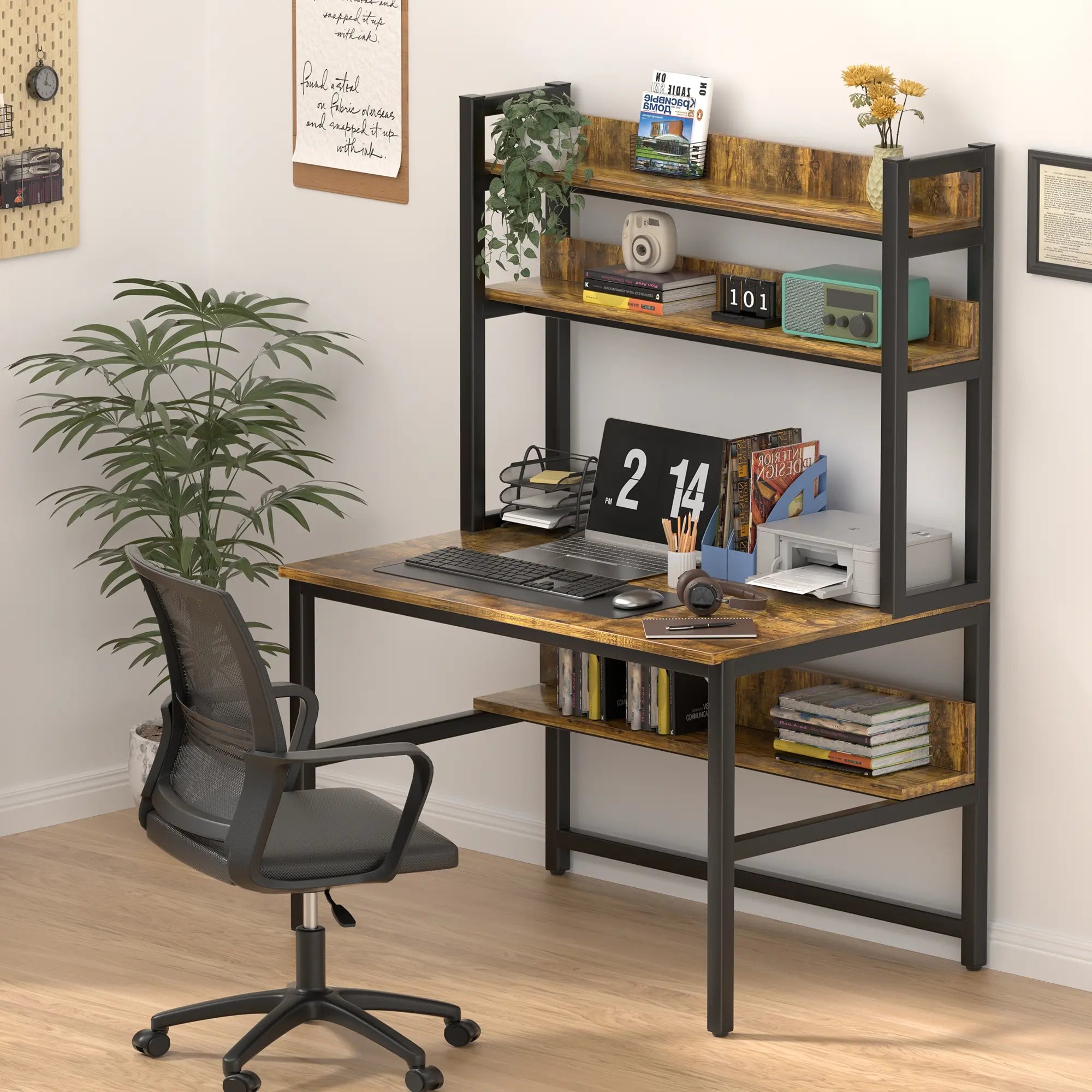In the ever-evolving landscape of modern living, the distinction between work and home has blurred significantly. With remote work becoming more prevalent, the need to create functional workspaces within our living areas has become crucial. This article aims to guide you through the process of integrating a desk seamlessly into your living room, ensuring that it not only serves its practical purpose but also complements the aesthetic of your space. Here’s how to incorporate a desk into your living room area without compromising style or comfort.
1. Assess the Space
Before you begin, take a critical look at your living room layout. Identify areas that can accommodate a desk without disrupting the flow of the room. Consider the natural light source; placing your desk near a window can enhance productivity and reduce eye strain. Also, ensure that the area you choose is relatively quiet, minimizing distractions.
2. Choose the Right Desk
Selecting the right desk is key to maintaining harmony in your living room. Opt for a desk that matches the existing furniture in terms of color and style. If space is limited, consider a floating desk or a wall-mounted option to save on floor space. For a more integrated approach, choose a desk that doubles as a console or a side table, which can be easily concealed when not in use.
3. Integrate with Existing Furniture
Incorporate your desk into the existing layout by using it as an extension of another piece of furniture. For instance, placing your desk at the end of a sofa or against a bookshelf can create a natural division in the room, delineating the work area from the relaxation space. This approach helps to maintain the integrity of your living room’s primary function while adding a functional workspace.
4. Storage Solutions
Effective storage is essential to keep your living room looking tidy. Opt for a desk with built-in shelves or drawers to store your work essentials. Alternatively, you can use decorative baskets or boxes to store items out of sight, ensuring that your desk area remains clutter-free and visually pleasing.
5. Lighting and Accessories
Proper lighting is crucial for any workspace. Incorporate a desk lamp with a stylish design that complements your living room decor. This not only enhances the functionality of your desk but also adds a touch of elegance. Additionally, adding a few personal touches, such as a potted plant or a piece of art, can make the space feel more inviting and less sterile.
6. Color Coordination
To ensure that your desk blends well with the living room, consider the color palette of the room. Choose a desk in a color that either matches or complements the existing color scheme. This will prevent the desk from standing out too starkly and maintain the cohesive look of the room.
7. Test and Adjust
Once you’ve set up your desk, spend some time working at it to see if the setup meets your needs. Adjust the position of the desk or the arrangement of furniture around it to optimize both functionality and aesthetics. This might involve moving the desk slightly or repositioning other furniture pieces to ensure that the space feels balanced and welcoming.

